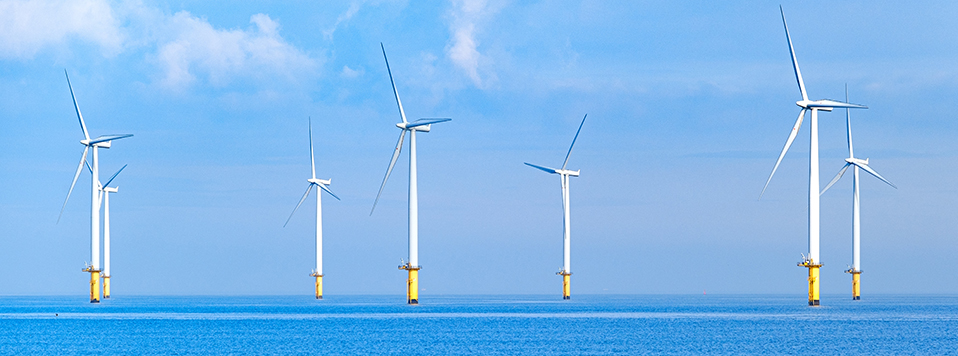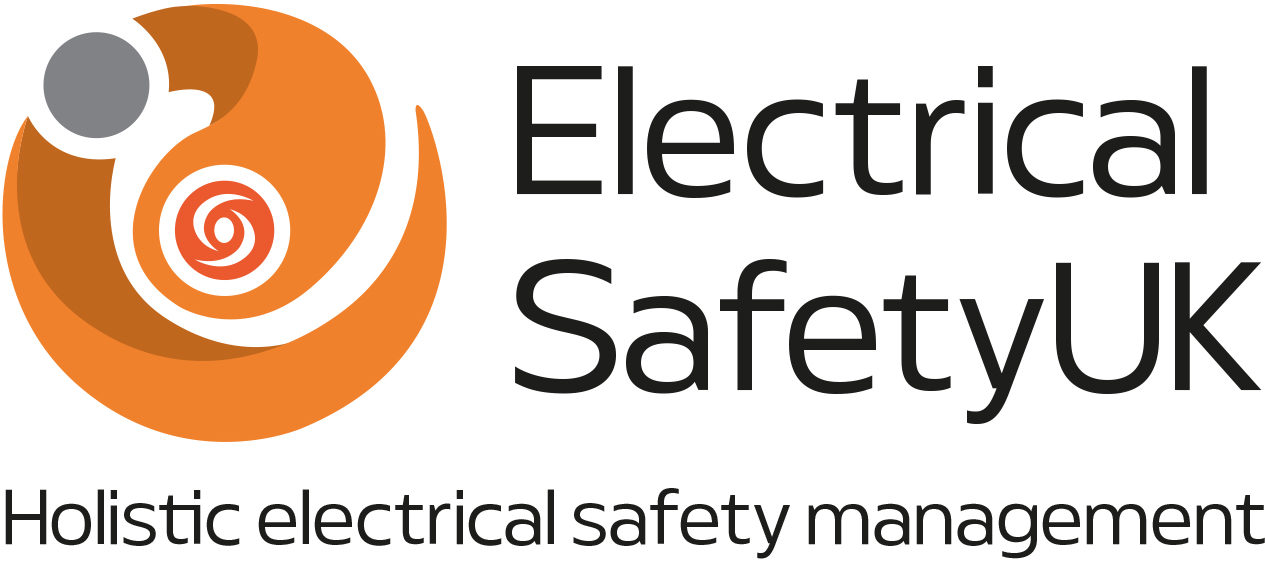
Gunfleet Sands Offshore Wind Farm is a 172 MW wind farm about 7 kilometre(4.3 mi) off the Clacton-on-Sea coast in the Northern Thames Estuary.
The 108 MW Gunfleet Sands 1 wind farm gained planning consent in 2003/4; in 2006 DONG Energy (now Ørsted) acquired the project and submitted an application for a second 64 MW windfarm Gunfleet Sands 2 adjacent to the first, which received consent in 2008. Construction of the Siemens Wind Power SWT-3.6-107 turbines took place between 2008 and 2010.
In 2010, planning began on a demonstration project Gunfleet Sands 3, used to test Siemens’ 6 MW wind turbine model; two such turbines were installed in 2013.
Requirements
ESUK were requested to carry out an Arc Flash Risk Assessment study on Gunfleet Sands 02 & 03 in 2020. The data required to model the electrical distribution system was gathered from Ørsted’s documentation. As part of the arc flash study, ESUK were asked to carry out practical arc flash risk assessments on equipment with incident energy levels above 8 Cal/cm2. These risk assessments required a visit by ESUK to the offshore turbines to assess the equipment. ESUK also provided additional engineering work to advise on protection settings to reduce incident energy levels on some of the wind turbine electrical equipment.
Solution
Electrical Safety UK Ltd were contracted to undertake an Arc Flash Study on the Gunfleet Sands Offshore Wind Farms to IEEE 1584: 2018, to deliver arc flash awareness training to staff, to carry out practical arc flash risk assessments and to advise on reducing incident energy levels. The Project was completed for a fixed price, and within 5 months. The project was completed on time and on budget.
Approach
ESUK agreed the scope and strategy with the Ørsted Lead HSE Specialist, Graeme Lewis. ESUK’s standard Windows based software tool, EasyPower® was used to model the electrical systems. ESUK supply a free copy of EasyPower® with every completed Arc Flash Study as well as a copy of the EasyPower® model of the electrical network, produced as part of the project.
ESUK carried out the discovery phase of the work, gathering information on the distribution system from Ørsted’s comprehensive documentation. Outstanding information was supplied on request by Ørsted staff. We worked closely with Lead HSE Specialist, the site’s Senior Authorised Persons as well as support staff in Europe.
Once the distribution model in EasyPower® was completed: short circuit; simple co-ordination; & arc flash studies were carried out. Any instances where the 3-phase prospective short circuit current exceeded the breaking capacity of protective devices was highlighted in the report. Protection curves showing any instances of miscoordination were provided. Incident energy levels and arc flash boundary distances were listed for all equipment included in the scope.
Single line diagrams for the network were provided. Incident energy analysis was then carried out. Where there were instances of high incident energy (above 8 Cal/cm2) on individual pieces of equipment additional analysis was carried out to determine if the incident energy could reasonably be reduced on those pieces of equipment. Our report detailed the preferred options for reducing the incident energy and order of magnitude costs were given for doing so. Ørsted instructed ESUK to provide further detailed advice on making changes to protection settings to be implemented by Ørsted personnel on site to reduce incident energy levels.




